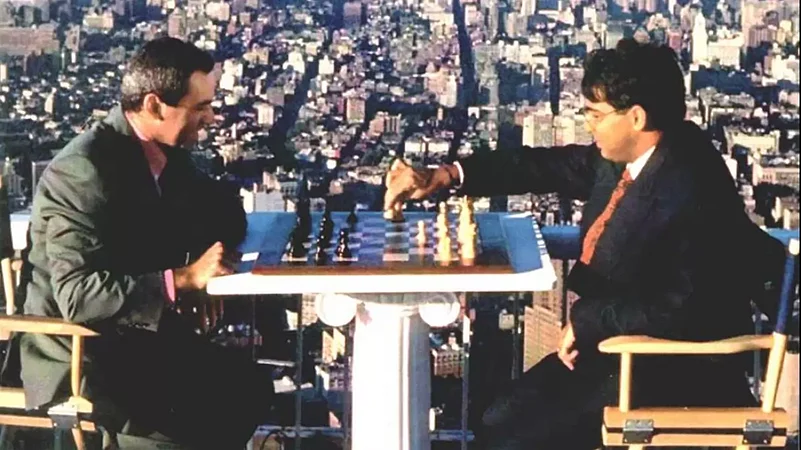Chess as a board game has been captivating players since the 16th century, with the number of patrons growing every year.
Then came the 1940s, when Alan Turing began his work on developing computers, and a decade later, he was working successfully on a computer chess program.
Today, chess continues to exist digitally and in the age of artificial intelligence (AI), it has gone through modifications that have only made the game more immersive. The bots in these games are immensely skillful and they challenge players and force them to improve.
AI is considered a dominant force today. One of the first technologies that Play Magnus Group developed was a computer engine based on chess master Magnus Carlsen. The application uses knowledge from all the games played by Carlsen since he was seven years old, allowing players to compete against a virtual Magnus Carlsen at different stages of his life. Sebastian Kuhnert, who serves as the Vice President of Business Development at Chess.com, says about this technology, “You really feel like you’re travelling in time and that he’s making the mistakes he would have made at certain points in his life.” He also specifies that when users play against ‘Magnus’ aged 10, he’s almost unbeatable.
Technology has also been altered in such a way that it has changed the way chess tournaments reward their winners. In 2021, Meltwater Champions Chess Tour awarded Carlsen a nonfungible token or NFT in the form of a digital trophy. They also made an exact copy of the same digital trophy on the Ethereum blockchain and auctioned it to the highest bidder. This was done to engage with the fans in a way that was unprecedented within the chess community.
The game was played only by humans initially. Thanks to technology, a point came where the possibility of a machine vs. human chess match did not seem distant. And then it happened in 1997. Not only did a match take place, but a computer defeated the-then world champion – Garry Kasparov.
The technology, which was a chess computer, was called Deep Blue, developed by IBM. Though Deep Blue came into existence in 1985, it was being worked on constantly. By the time it came into being in its original shape, Deep Blue’s algorithm enabled it to consider up to 200 million positions per second. It was immediately dismantled after it defeated Kasparov with parts of it put on display at the National Museum of American History and the Computer History Museum. Deep Blue played two matches against Kasparov; in the first instance, it lost 2-4, establishing the Russian Grandmaster as the greatest human chess player of all time.
History has a way of repeating itself, and it can have great consequences if the opponent is not careful. It was something that happened to Kasparov during his match against his compatriot Vladimir Kramnik, who brought back the Berlin Defense. The chess opening strategy was as good as forgotten before Kramnik used it during the Classical World Chess Championship in 2000. Kramnik used it in four games in the match, all of which ended in a draw. Kasparov conceded defeat and admitted to Kramnik’s opening preparation being the reason that led to his loss. Over a decade later, both Magnus Carlsen and India’s Viswanathan Anand used it in the World Chess Championship in 2013. Today, it is considered as one of the best strategies in chess.
Anand became a household name when he was of a young age and his rise in the chess community is nothing short of spectacular. At 18, he had become Grandmaster, eventually qualifying for the 1995 PCA World Championship final. This match was unlike anything in the world of chess till then, as it was played on the Observation Deck on the 107th floor of New York City’s World Trade Center, which was destroyed in the 2001 September 11 attacks. With no timeouts, the match took place across 20 games as opposed to the traditional 24. Despite Anand drawing first blood in the ninth game, Kasparov came back strong and dominated the remainder of the proceedings, retaining his PCA title.
Chess has grown massively in popularity in India ever since, producing 82 Grandmasters in total as of 2023. As for technology and innovation in chess, it is here to stay and evolve, as the Global Chess League shows.
















